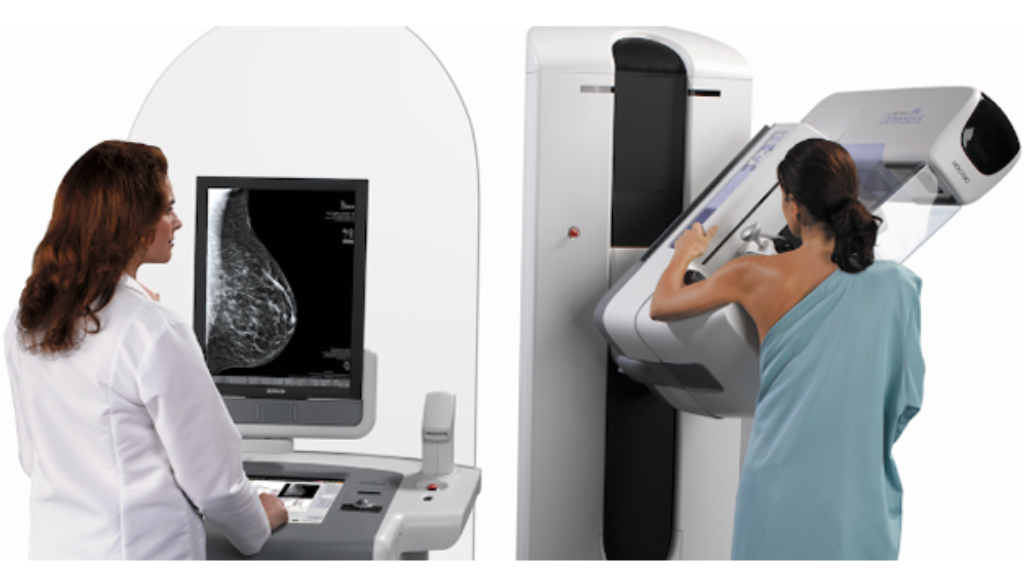The Importance of Cancer Screening in Women
Women’s cancer screening: Cancer is a formidable adversary that affects millions of lives worldwide. For women, regular cancer screening is a crucial component of proactive healthcare. Screening tests are designed to detect cancer at an early, more treatable stage or even before symptoms appear. Here, we will explore the importance of cancer screening for women, the types of screenings available, and their impact on early detection and prevention.
The Significance of Cancer Screening in Women
Cancer screening is a fundamental aspect of women’s health, offering the opportunity for early intervention and improved treatment outcomes. Regular screenings can detect abnormalities or cancerous changes in their initial stages, often before symptoms manifest. Early detection is key to successful treatment and increased chances of survival.
-
Breast Cancer Screening
Mammography is the primary tool for breast cancer screening. This X-ray imaging technique captures detailed images of the breast tissue, allowing healthcare professionals to identify potential abnormalities such as tumors or microcalcifications. The American Cancer Society recommends that women with an average risk of breast cancer start annual mammograms at age 40 and continue as long as they are in good health.
In addition to mammography, clinical breast exams by healthcare providers and breast self-exams can contribute to early detection. Regular self-exams empower women to be proactive in monitoring changes in their breast tissue.
-
Women’s Cancer Screening for cervical cancer
Pap smears and HPV testing are pivotal for the early detection of cervical cancer. Pap smears involve collecting cells from the cervix, which are then examined for abnormalities. Human papillomavirus (HPV) testing checks for the presence of high-risk HPV strains that can lead to cervical cancer. Both screenings are crucial for preventing cervical cancer or identifying it in its early stages when it is highly treatable.
The American Cancer Society recommends that women start cervical cancer screening at age 21 and continue at regular intervals. HPV vaccination is also a preventive measure, protecting against high-risk HPV strains and reducing the risk of cervical cancer.
-
Colorectal Cancer Screening
Colorectal cancer is the third most common cancer in women. Screening methods for colorectal cancer include colonoscopy, sigmoidoscopy, and fecal occult blood tests. Colonoscopy is considered the gold standard, allowing healthcare providers to examine the entire colon for polyps or cancerous growths.
Regular colorectal cancer screening is generally recommended starting at age 45, although it may begin earlier for individuals with specific risk factors. A healthy lifestyle, including a high-fiber diet, regular exercise, and limited alcohol consumption, can contribute to colorectal cancer prevention.
-
Ovarian Cancer Screening
Ovarian cancer is often challenging to detect in its early stages due to the lack of specific symptoms. Imaging tests like ultrasounds and blood tests, such as the CA-125 test, are sometimes used in high-risk individuals or those with a family history of ovarian cancer. However, the effectiveness of these tests in routine screening for the general population is limited, and more research is needed in this area.
-
Skin Cancer Screening
Regular skin cancer screenings, including self-exams and professional dermatological examinations, are essential for detecting melanoma and other skin cancers early. Women should monitor their skin for any changes in moles, pigmentation, or the appearance of new lesions. Sun protection measures, such as using sunscreens, and wearing protective clothing, are also vital in preventing skin cancer.
Overcoming Barriers to Screening
While cancer screening is integral to women’s health, various barriers can impede access and participation. These barriers may include a lack of awareness, financial constraints, cultural factors, and fear or anxiety associated with screening procedures.
-
Education and Awareness
Promoting awareness about the importance of cancer screening through educational campaigns can empower women to prioritize their health. Information about the benefits of early detection and available screening options can dispel myths and encourage proactive healthcare-seeking behavior.
-
Access to Healthcare
Ensuring access to affordable healthcare services, particularly for underserved populations, is crucial for increasing screening rates. Community clinics, outreach programs, and mobile screening units can play a significant role in reaching women who face barriers to accessing traditional healthcare settings.
-
Personalized Counseling
Offering personalized counseling and support can address individual concerns and fears associated with cancer screening. Healthcare providers should engage in open communication, addressing questions and providing information to help women make informed decisions about their health.
Bottom Line
Women’s Cancer screening is a cornerstone of women’s healthcare, enabling early detection and intervention that can save lives. Regular screenings for breast, cervical, colorectal, and other cancers empower women to take control of their health and well-being. Overcoming barriers to screening, promoting awareness, and ensuring access to healthcare services are crucial steps in fostering a culture of proactive healthcare among women. By prioritizing regular screenings and embracing preventive measures, women can enhance their chances of early cancer detection, leading to more successful treatment outcomes and a healthier future.




